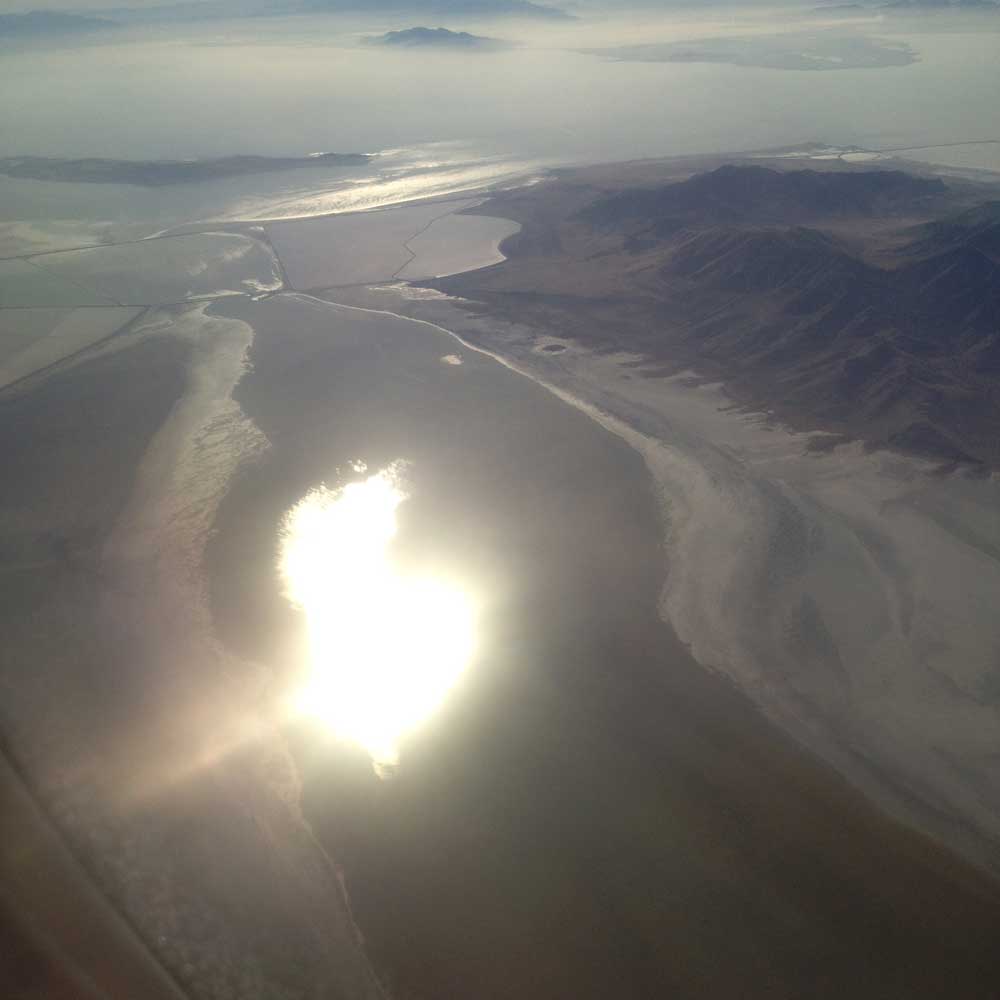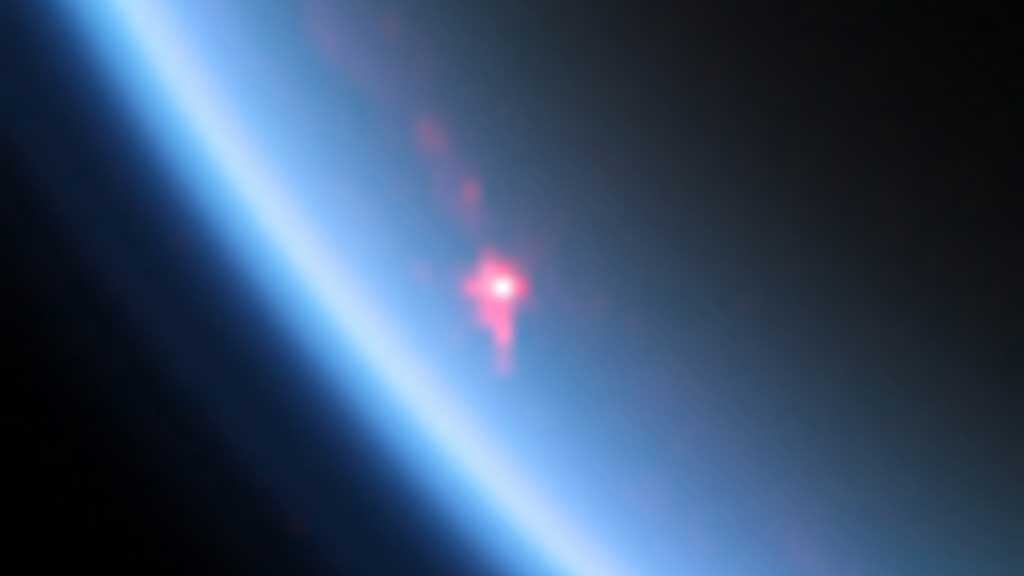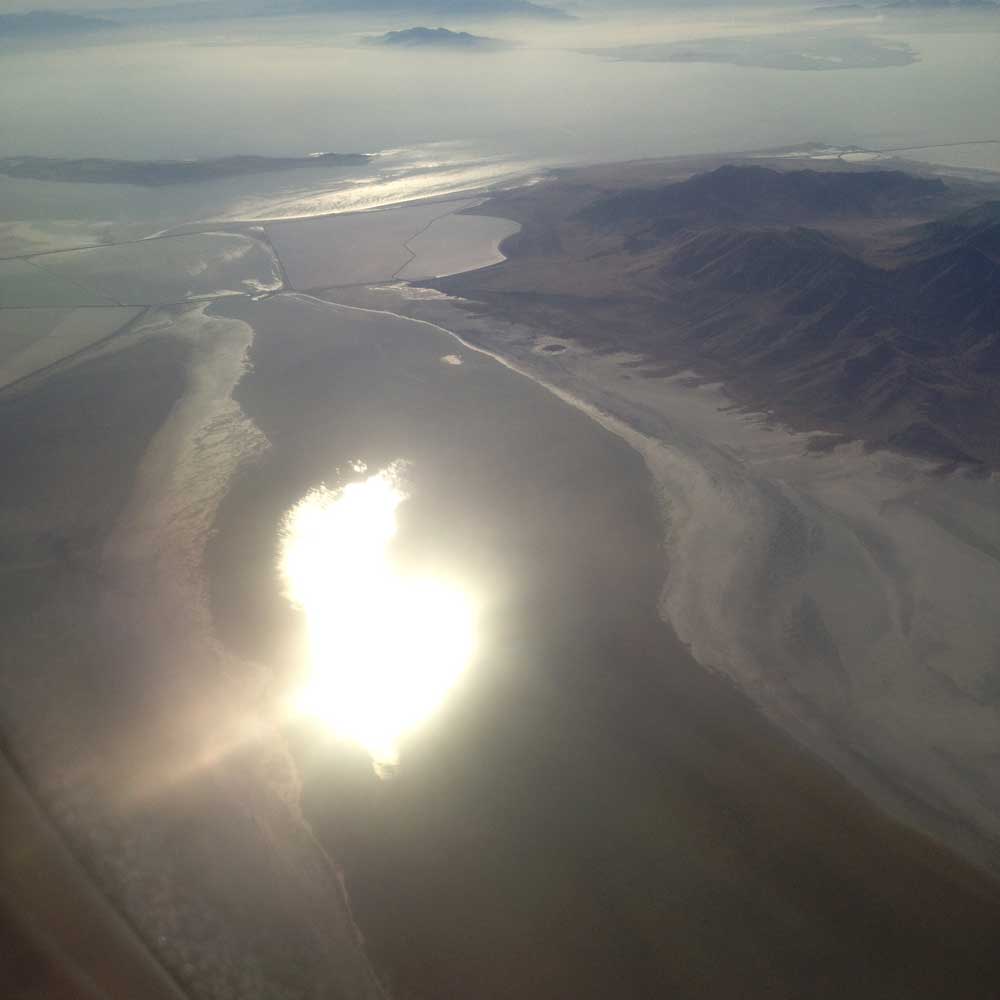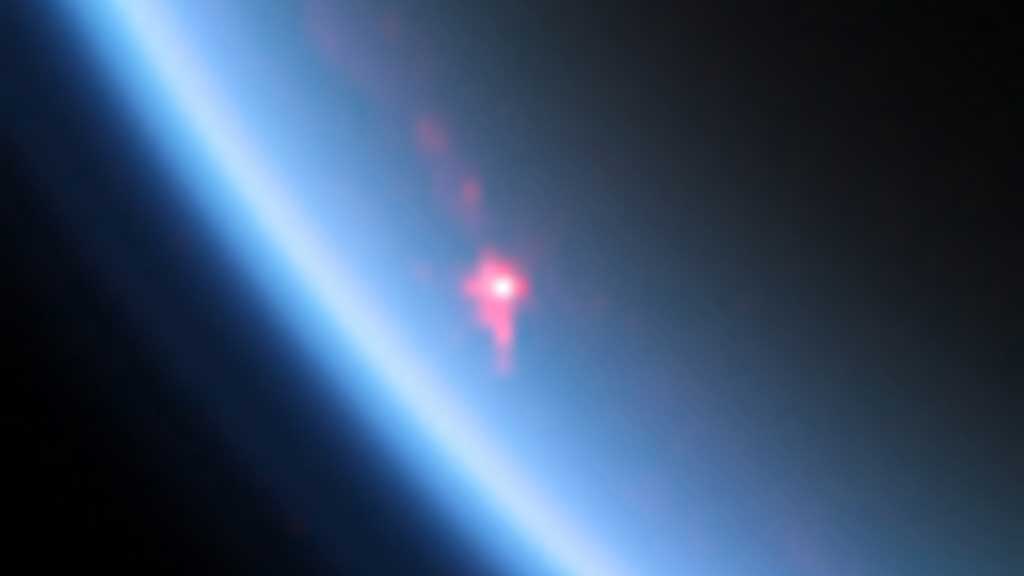Waves on an Alien World
UI physics researchers find first evidence of waves in Titan’s methane seas
By Tara Roberts
Images courtesy of Jason Barnes
Someday, researchers hope to land a spacecraft on Titan, Saturn’s largest moon. When they do, they need to know what, exactly, they’re landing in.
“We want our spacecraft to splash, not splat,” says Jason Barnes, an associate professor of physics at the University of Idaho.
He and his students work with researchers around the nation studying Titan through NASA’s Cassini spacecraft. Barnes has been working with Cassini since the craft arrived in the Saturn system in 2004.
In March 2014, Barnes announced his most recent project has discovered evidence on Titan of a feature previously found only on Earth: waves.
Titan is the only place other than our planet – that scientists know of – that has liquid on its surface. Titan’s seas and lakes are made not of water, but methane, which people on Earth know as natural gas.
“It’s so cold on Titan, methane is a liquid,” Barnes says. “That liquid forms clouds and rainfall and rivers.”
Whether Titan’s seas have waves is a question Cassini researchers have been considering for awhile. To know what kind of spacecraft to design to land on the moon, they need to know whether the liquid is thick or water-like. Waves provide a major clue.
Earlier studies found hints of waves on Titan, including beach-like features that indicate liquid moved sediment around.
But searches for waves came up empty – Titan’s lakes appeared flat. One study took pictures straight down over a lake and came back with pictures of almost perfect reflections, down to the millimeter.
One of Barnes’ colleagues, Ralph Lorenz of the Johns Hopkins University Applied Physics Lab, suggested the lack of waves may have been due to wind patterns on Titan. A year on Saturn and Titan is equivalent to 29 Earth years, so Cassini had primarily seen Titan in northern winter. Circulation models indicated the winds would pick up in spring.
Then, in 2013, Cassini snapped pictures of a bright sun glint off one of Titan’s seas, Punga Mare. Barnes analyzed the photos and found “individual clumps of brightness within Punga Mare, which indicates wind – it’s not what you’d expect if you have a uniform lake.”
Barnes compared the phenomenon to flying over lakes on Earth in an airplane – flat lakes look dark, while lakes with waves or ripples reflect sunlight and appear brighter.
Barnes ran a computer model to see what wave heights the sun glint indicated and found it’s only a few centimeters high.
“There’s no surfing involved,” he says. “They’re ripples, essentially.”
Barnes and his team plan to continue watching the seas for evidence of waves, which he says could become easier to find as Titan approaches its northern summer solstice in 2017. But even these first few ripples reveal enough about Titan’s lakes to guide scientists as they design future missions to explore Titan’s surface.
“It is definitely a high priority to drop a lander in these lakes to try to measure their properties,” he says. “It would be really fun to see the first landing in an extraterrestrial sea”










